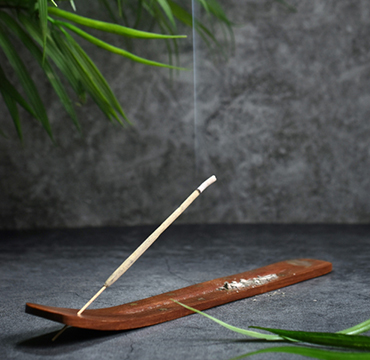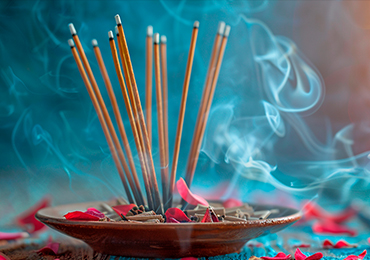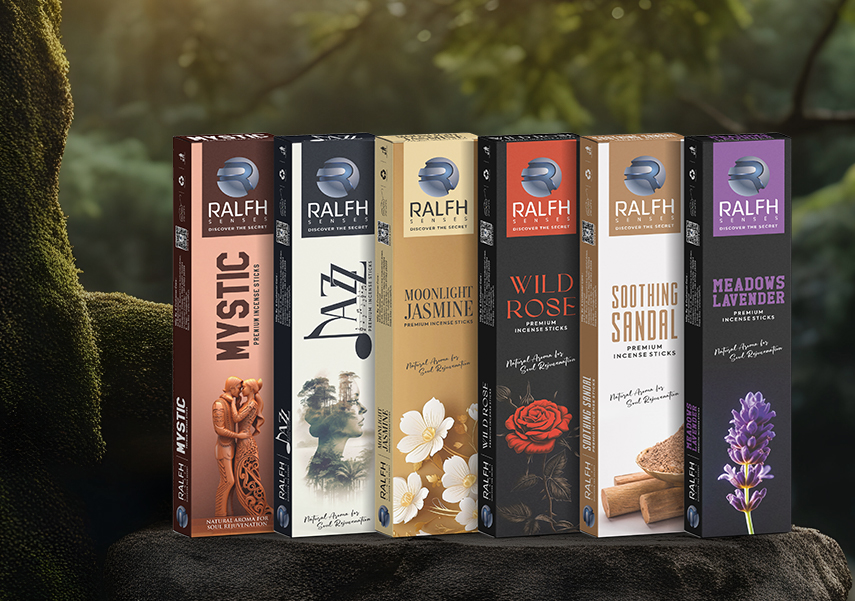14 September, 2024
The History and Cultural Significance of Incense Across the World
Incense, a material burnt to create a fragrant smoke, has been part of human ceremonies and everyday life for thousands of years. Basically, as a common ingredient in most cultures, incense was appreciated not only for its fragrance properties but also for its mood-altering impacts. The blog that follows views the cultural significance and history of incense—from its original ancient rites to modern usage.
Origins and Early Use
The use of incense can be traced back to the ancient Mesopotamian civilization, the Indus Valley civilization, and the early Egyptian civilizations. The ancient Egyptians burned incense in religious ceremonies and during funerals. Resins considered by them to have heavenly properties, such as myrrh and frankincense, were employed by the Egyptians. Often, they would set out offerings on incense altars, as they believed that by observing the rising smoke, they saw the indication of gods.
Incense played an important role in religious ceremonies and practices in Mesopotamia. Sumerians and Babylonians used aromatic resins in their temples and other religious activities for the glorification and praise of their gods. According to the oldest records of the use of incense by Mesopotamian texts and remains, it was indicated that the use of incense held a serious place in the social and spiritual spheres.
Similarly, the archaeological discoveries have also proved that there, in the Indus Valley Civilization, incense was in use for different rituals. Evidence of clay incense burners and remnants of fragrant materials in the ruins of ancient towns can be said to have generated an overall understanding of the purpose of incense in routine life and spiritual existence.
“Incense is prayer That drives no bargain. Child learn from incense How best to pray.”
Alfred Barrett

Incense in Ancient Asia and China
The use of incense dates back to the Shang Dynasty, a period: circa 1600–1046 BCE in China. It was both used in secular and religious settings. According to Chinese classical literature, such as the "Shiji" or Records of the Grand Historian, incense is used in court rites and ceremonies. Over time, incense found its place in Chinese medicine, wherein specific fragrances were considered to have healing properties.
India:
Incense has been used in religious rites for centuries in India. Incense forms part of the rituals in Buddhism, Jainism, as well as Hinduism. There are mentions of the use of incense in sacrifice ceremonies during the period around 1500 BCE in the Vedic writings. Blending fragrant materials such as spices and sandalwood was believed to be a method of energizing areas; calling in the divine. Another tool used by Buddhist monks during their meditation sessions was incense to assist in a calm and concentrated atmosphere.
Rome and Greece:
Incense played a significant role in the religious as well as social life of ancient Greece and Rome. The Greeks used incense when conducting ceremonies for their gods. Besides their application in religious rites, the Romans also used incense to enhance the atmosphere of their private homes and public places. That the Romans imported incense from countries like Arabia and Africa shows that the product was of both economic and cultural value.
Middle Ages:
Incense retained its sacred character in the Christian rites well into the Middle Ages. As in ancient times, it symbolized the prayers of the faithful rising to heaven in churches and monasteries. The practice of burning incense at religious services, including Mass, was common all over Europe.
Incense in Islam:
Incense was originally used within Islamic culture during the period of the Prophet Muhammad. Some of the Islamic traditions or customs have relied heavily on incense, especially when the incense uses ingredients like agarwood, more commonly known as oud. On being burnt, the incense aids and purifies the places in which people have religious experiences and celebrate. The product can also be used for social functions and personal fragrance purposes.
Modern Use and Global Impact:
From its historical roots, incense transcended into a global phenomenon in this era. Its usage has spread to so many countries and religions, often evolving to suit modern lifestyles. Incense is a part of the alternative spiritual practices in the West and is also used there in wellness routines—in generating an atmosphere of peace inside the houses—and in meditation and relaxation.
Conclusion
From prehistoric rituals to its use in modern times, the history of incense shows just how significant a substance it is to all civilizations. Applying it to spiritual, therapeutic, and social situations only furthers its versatility and worldwide appeal. With many manufacturers like Ralfh Senses in the industry today, incense remains one of the most powerful emblems of change, bonding, and searching for a deeper sense of peace and spirituality.




